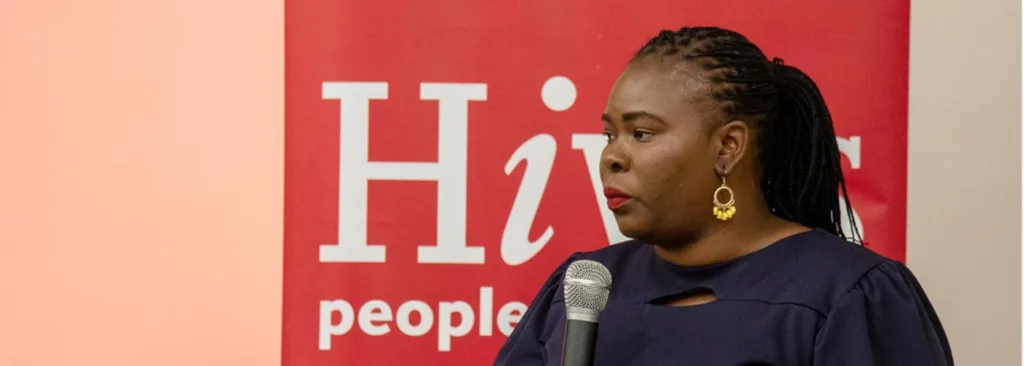Governments can easily win or lose citizens trust and confidence depending on the consistency of public service delivery. This entails timely available, accessible, appropriate and acceptable delivery of public services, goods and works. Promises of public service delivery are mostly captured in election promises popularly called the social contract between citizens and their national or sub national governments. Translation of these social contracts into tangible, inclusive and value for money public benefits is highly dependent on the quality and timeliness of public contracting among other processes.
Globally, inclusive fulfillment of social contracts is being undermined by opaque, compromised, non-compliant and poor quality public contracting. Africa’s public contracting landscape is dominated by “white elephants”, “ghost’’ projects, substandard projects and perpetual work in progress.
Performance of contracts
The current state of procured projects in Africa is proof of huge resource leakages, wastage and outright theft driven by state capture, corruption and collusion, among private sector interests, technocrats and politically exposed persons. Tracking and evidencing such collusion has faced challenges due to lack of political will, weak legal frameworks, information irregularities, closed systems, destruction of relevant documents and the overall opaqueness of public contracting among others.
Currently, this opaqueness in public contracting is a critical facilitator of state capture that is driven by election financing of political parties in exchange of mega-contracts, procurement of election equipment, big ticket support to inaugurations and selling of access to elected and appointed officials in Africa and elsewhere.
Public contracting opaqueness and related malpractices are driving the clamor for illumination of the dark public contracting tunnel. Citizens, politicians, media, business leaders, academicians, development partners, civil society and religious leaders continue to seek viable pathways to illuminate this opaqueness. Growing demand is causing diverse responses. The responses are seen in the shifts from ad hoc , opaque, postmortem approaches to open and near real time online publishing of information at each stage of the continuum of public contracting.
Open contracting the new frontier
Opening up data and digitizing public contracting also termed as open contracting has become a highly viable pathway. It is translating to proactive online disclosure of data-sets related to the planning, tendering, award, implementation, monitoring and closure of public contracts.
This Open Contracting approach facilitates proactive near real time disclosure of contracting data in re-usable, accessible and machine readable formats. This means that by design the publishing formats allow easy online access to data, analysis and comparisons of the same by non-tech savvy individuals.
Secondly, the disclosed information is currently being utilized by citizens, private sector and media to scrutinize and provide feedback to government institutions including legislatures and investigative bodies.
Thirdly, oversight and investigative bodies are utilizing the aforementioned feedback to impartially seek accountability and redress. The feedback is also being used to inform periodic reforms of laws, policies, systems regulation and practice of public contracting.
The shift to a near real time publishing of public contracting data-sets based on the Open Contract Data Standard (OCDS) enables information access within and outside the government. Open Contracting ensures simultaneous retrieval of information at each stage of the public contracting continuum as processing is done. This resolves information irregularity challenges faced within government and replicated outwards to citizens, media, academicians, business owners, political actors, oversight and investigative bodies.
Open contracting embeds easy red flagging of potential risks into each stage of the contracting process. This triggers early prevention measures targeting specific stages of the continuum. Further, the permanence of digital foot prints enhances the integrity of public contracting. This goes a long way into immunizing secrecy-driven corruption, lose and destruction of public contracting documents. Highest levels of secrecy thrive in manual and low technology systems and processes.
Illuminating the dark public contracting tunnel requires actions by all actors. Citizens, academicians, private sector, oversight bodies and media need to require their governments to resource the implementation of open contracting by all their procuring entities.
About Open Up Contracting
In many countries, staggering amounts of tax money are not used as planned and fail to deliver promised results. And the public contracting process is complex, opaque and difficult to understand. Our Open Up Contracting program with ARTICLE19 works with local civil society, media, activists, businesses and civic watchdog organizations to develop their ability to conduct oversight of how these funds are spent.




